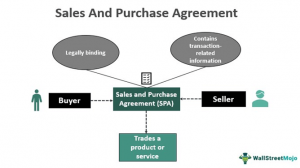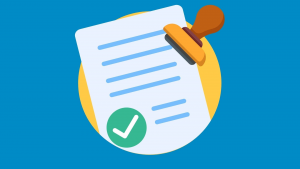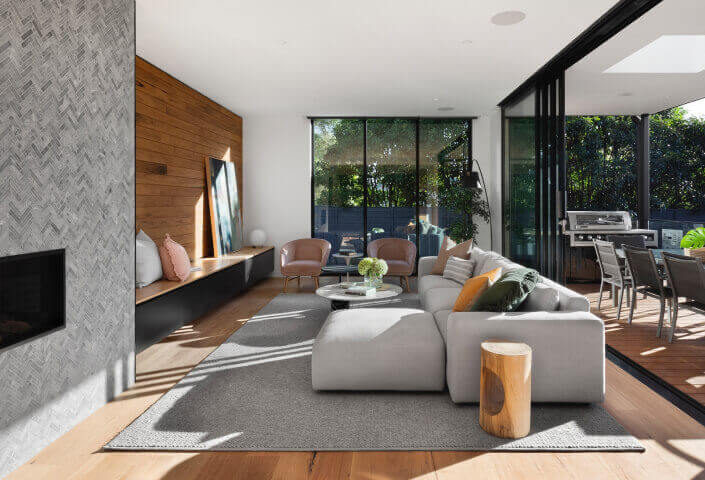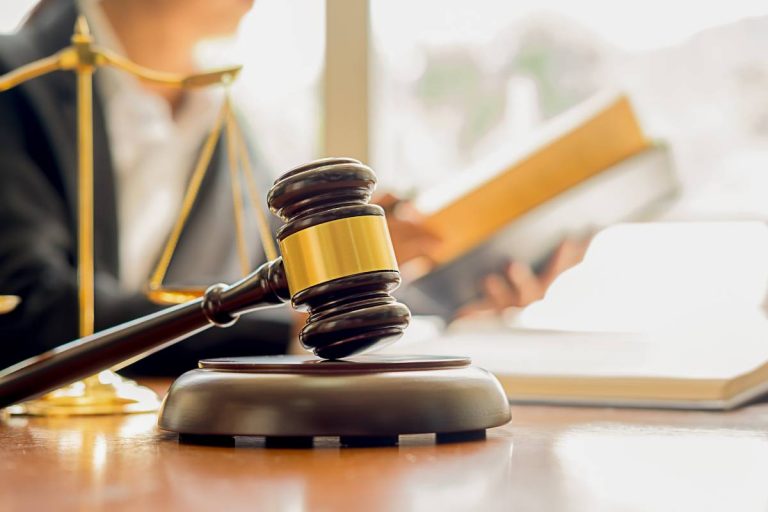Accidents happen. It’s important to invest in homeowners’ insurance, regardless of whether you have just moved into a new house or if you’ve been in it for many years. A fire, windstorm, or burglary could leave you in financial ruin if you don’t have homeowners insurance.
Take a look at the way homeowner’s coverage works. Find out what it covers and what it doesn’t.
What is Homeowners Insurance?
A homeowners insurance policy protects the most important asset you own – your home. You can file a claim for structural damage or injury in the event of an accident. Your coverage will also cover liability costs and personal property losses.
Homeowners insurance gives you peace of mind knowing that your family and home will be protected in the event of a disaster.
The lender will ask for a homeowners’ insurance policy if you are buying a house with a mortgage. You will also be responsible for this closing cost.
How much does homeowner’s insurance cost?
The cost of homeowners insurance varies significantly between states and policies due to differences in the odds of a disaster occurring and in the coverage of each policy. ValuePengiungathered cost for each state in the US. US average is $952 per year. Here are the five most and least expensive states to insure your home:
How much coverage do you need?
The more comprehensive and better your insurance coverage is, the less money you will have to pay out-of-pocket if something happens. Your real estate lender may give you an amount of insurance that you must have to qualify for a home loan. However, you don’t need to stay within that limit.
If you want to ensure that your policy covers the costs of your home’s structural damage, your personal belongings, additional living expenses if your house is damaged, and your legal liability, you should make sure to purchase a sufficient amount. We’ll take a look at these four categories in more detail.
Structure
You should consider how much it would cost you to rebuild your house on the plot you currently own at current construction prices.
It is not the price you paid for the home. However, it is common for banks to insist that you buy just enough insurance to cover your mortgage. You can estimate the cost of rebuilding by multiplying your home’s area by the local building costs.
Ask your local builders’ association or insurance agent to calculate the costs.
Personal Possessions
The majority of policies will cover your possessions up to 50-70% of what you pay for the structure. To determine if you require more coverage, you will need to make an inventory of your house and list all your belongings. It’s also important to determine how much it would cost you to replace your personal belongings.
You may need to pay extra for high-ticket items such as jewelry or computers. Be sure to carefully read your policy to ensure you are covered. It is important to do this if you own a large number of expensive items like jewelry or electronics. You can choose to have additional coverage for these items if this is the situation.
After you’ve decided how much coverage you require for your belongings, you will need to decide if you want to have your policy provide actual cash value or replacement cost. The replacement cost is the amount you would pay to replace an item insured up to the policy limit. Actual cash value is the amount of money your policy will pay to replace an item less depreciation.
The cost of the policy is generally 10% higher because you will receive more money from your insurance company when you choose replacement cost coverage.
Additional Living Expenses after a Disaster
You should make sure that your policy provides enough coverage for you to be able to stay outside of your home during a long period after a fire or flood. You need enough money in your policy to cover not only a hotel but also any bills or other living expenses that you may have while your house is being repaired.
This part of the policy allows investors to collect any rent that you would have received from your tenants. Start with your monthly bills and then add the costs of a long-term stay in a hotel and your food budget. This will give you an idea of how much money you would need each month.
You can often increase your coverage for a small additional fee if you decide that you need more than the basic level of protection.
Liability Protection
Personal liability and medical payment are usually separated into separate sections. Personal liability includes court costs, damages, and legal defense in any lawsuits brought against you due to bodily injury or damage to property. They can happen on your property, or they can happen away from your home but you or your family member is covered.
Medical payments cover medical expenses for anyone injured accidentally on your property.
Most policies will offer a certain dollar amount for limited liability coverage ‘per incident’, that is, per accident. You should read the policy details to understand exactly what is covered and by how much.
Additional Considerations
Inflation can increase the cost of building and replacing items. Insurance companies offer an “inflation protection” option. When you renew your insurance policy, this option will automatically adjust your payout limit based on current construction costs.
Homeowners of older properties should also keep in mind certain considerations. Your policy may not permit you to purchase a replacement policy, for example, because it is difficult to replicate the unique characteristics of older homes. In the event of damage, your policy may require you to replace older fixtures with newer materials.
Savings on homeowners insurance
Ask your agent for discounts. Discounts are sometimes available to those who insure both their home and car with the same company, or have security systems, deadbolts, or recently replaced roofs.
If you haven’t filed a claim for a period of time, you may also be eligible for a discount.
Do not miss out on critical coverage
Most standard plans cover theft, wind and fire, but they don’t always include coverage for other types of damage such as hail, flooding and earthquakes. Work with your agent and determine where it is best to increase your coverage, as well as where you could cut back.
If you live in tornado alley for example, it may be wise to add windstorm damage coverage. Consider adding coverage for liability, personal property and medical payments. You should review and update your coverage every year. If you add a room or an addition to your home, you must make sure it is covered.
You can rest easy at night once you find the right coverage. Your property and your family will be covered, and you’ll be financially prepared for any eventuality.























+ There are no comments
Add yours